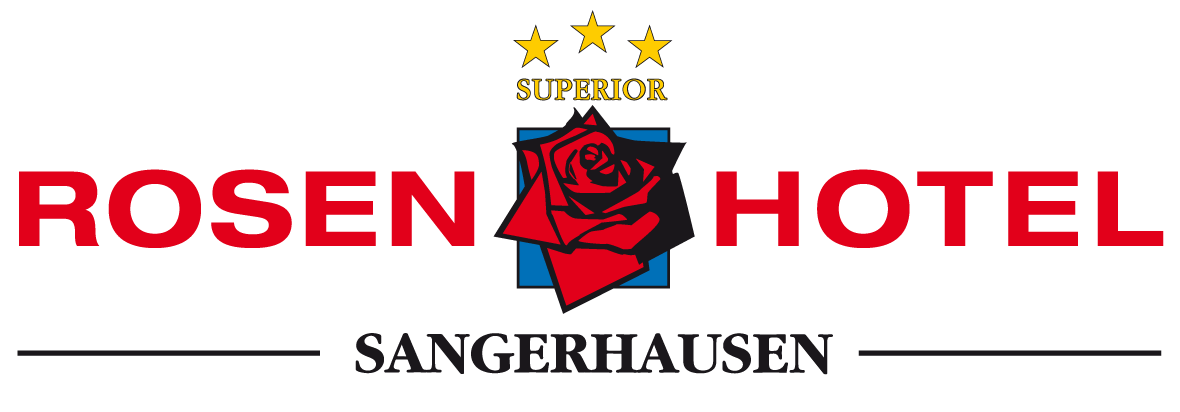FROM THE REGION
Discover Sangerhausen
The mountain and rose town is located in the area of the southern Harz Mountains, which here form the northern end of the Golden Aue. The town is a Frankish foundation from the 6th century. The building stock in the old town is preserved in large parts closed from the 15th-18th centuries.
The old town center with Göpenstraße, Kornmarkt, the market with Renaissance town hall and patrician houses, which is now a listed building, shows the historical development of the town almost unchanged.
The southern Harz and its surroundings
There are few areas in Germany where diverse nature and evidence of captivating history combine so charmingly. A number of former palatinates, for example, reveal that this was the heartland of the first German empire in the 10th and 11th centuries and of decisive importance for the emergence of the power of the first German kings and emperors. In this context, historically significant cities such as Magdeburg, Quedlinburg, Goslar, Halberstadt, Wernigerode and the palaces of Memleben, Tilleda, Allstedt, Merseburg and the Kyffhäuser Monument are easily accessible from Sangerhausen via well-maintained roads.
Sangerhausen itself is home to the Europa-Rosarium, the largest collection of roses in the world. The Luther towns of Eisleben and Wittenberg and the Wartburg Castle invite you to visit the historical starting points of the Reformation.
Diverse landscapes, the testimonies of historical significance and friendly people justify a trip to this region. You are very welcome.
The Europa Rosarium
The Europa Rosarium was founded in 1903. Today it houses over 8000 rose varieties and species. The diversity of the queen of flowers, from antiquity to modern times, is presented in a special kind of rose park covering 15 hectares. A unique collection, compiled by experts over a period of 100 years, gives scientists, breeders and rose lovers an insight into the history of the development of the rose. The chronicle of the Europa-Rosarium is closely connected with the development of roses in the 20th century.
In addition to the unique collection of garden and wild roses, the Europa-Rosarium displays a large number of rare trees and shrubs in a magnificent park setting. About 300 different tree and shrub species form an excellent backdrop for the roses. The highlight of the play of scents and colors is the magnificent blooming of the park roses, as well as the climbing rose pyramids and columns in June, July and August. Modern bedding and shrub roses bloom until late autumn.
Changing special exhibitions always make a visit to the Rosarium interesting and varied. Local artists and associations, specialized events and guided tours, as well as cultural events of various kinds, make the rose garden a very special attraction. Every year on the last weekend in June the traditional Mountain and Rose Festival takes place. Every two years on this occasion the Rose Queen is crowned.
The historic old town
A tour of the historic old town with the Old Castle, the Jacobi Church with Hildebrandt organ (Hildebrandt was a student of the Saxon organ builder Silbermann) and the Ulrich Church, the oldest building in the town on the “Road of Romanticism” in Saxony-Anhalt.
The city tour, including the visit of various sights lasts about 3 hours.
The Spengler Museum
About 2000 exhibits illustrate the local history of mining tradition and natural history. The Spengler Museum owes its existence to the research zeal of Gustav Adolf Spengler (1868-1961), a master carpenter from Sangerhausen, who endeavored throughout his life to collect and document historical evidence of Sangerhausen and its surroundings. His collections form the basis for the exhibitions in the new museum building, which was opened in 1952 (the first museum building in the GDR). A special showpiece is, of course, the skeleton of an approximately 500,000-year-old steppe elephant excavated by Spengler and his family near Edersleben between 1930 and 1932.
The Spengler House
Wallpapered with inflation money, a library becomes a million-dollar room. On September 1, 2001, the home of the Sangerhausen local historian Gustav Adolf Spengler in Hospitalstraße 56 was opened as a branch of the Spengler Museum.
The Röhrig shaft
Mining has a long history here. Since the copper shale seam came to light north of Sangerhausen, copper and other metals could be mined in early times. There is evidence of mining near Sangerhausen as early as around 1000. In the 16th century, there were a number of smelter sites not far from Sangerhausen.
In 1729, the artificial pond near Wettelrode was created (today a local recreation area with an open-air swimming pool and terrace restaurant). In 1836, a copper smelter was built near Sangerhausen. From 1951 to 1990, mining in the Mansfeld area shifted to the Sangerhausen trough.
Biker tours and biker beds
Our house presents itself as a biker domicile and presents for bikers interesting biker tours in the Harz mountains, the Kyffhäuser mountains and in the Saale-Unstrut valley.

